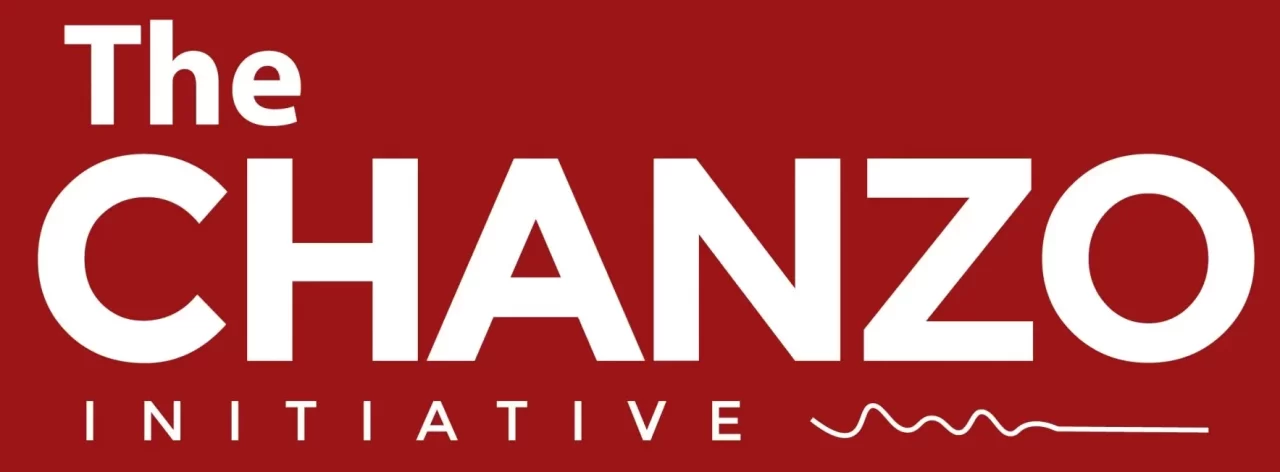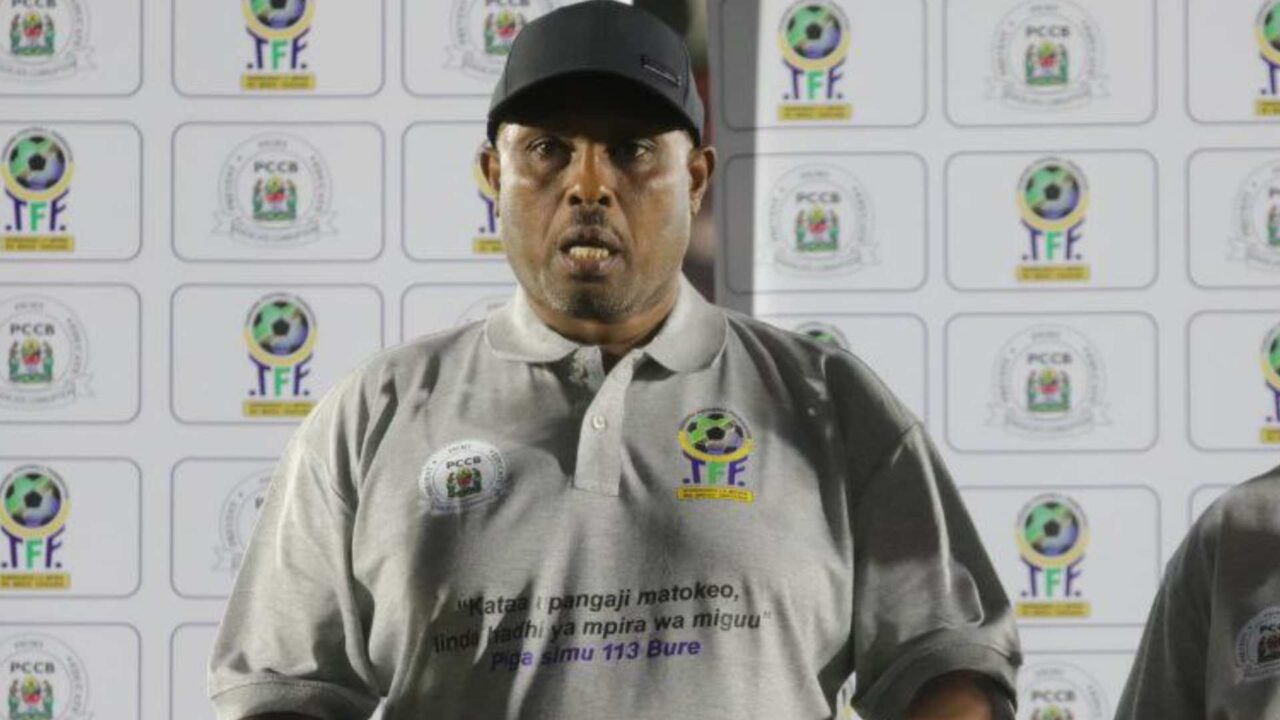An ongoing 40-year battle against the pandemic has claimed almost 50 million lives globally. 40 years of discoveries and interventions have given the world hope of winning this battle someday soon. Such a long way we have come!
From HIV being a death sentence to becoming a chronic disease that one can live with while clinging on to the hope of discovering a possible vaccine that will put an end to this.
In exploring this battle, however, sex differences on epidemiological trends of HIV/AIDS caught my eye and this is something worth digging into. But that alone is not enough to answer the question of why? Why the disparity?
A year ago, I sat in class and my Community Health professor led a discussion about HIV/AIDS from the public health angle. He said something that stuck with me since, “I can say, HIV/AIDS is a women’s pandemic.”
The situation in Tanzania
According to Tanzania Commission for AIDS (TACAIDS), out of 1,612,301 people living with HIV who are 15 years and older, in Tanzania by December 2019, women were 983,471, which is equivalent to 60.99 per cent. About 57.8 per cent of new infections were women, that is 39,614 out of 68,484 new infections among people 15 years and older.
Meanwhile, on HIV/AIDS-related deaths, women make 43.2 per cent of total deaths (15 years and older), which is 9,304 out of 21,529 deaths.
So, how come women make up the majority of people living with HIV, new infections but a minority of HIV/AIDS-related deaths? Is it that women are better at drug adherence? Is it health-seeking behaviours? This is a two-sided story.
Women side of the story
HIV disproportionately affects women as a result of vulnerabilities created by unequal social, economic and cultural status. It is not just about biological vulnerability.
Things like early and forced marriage, female genital mutilation, gender-based violence, unequal access to information, including sexual health knowledge, and a lack of negotiating power and economic autonomy plays a vital role too.
When we have 27 per cent of adolescent girls between 15-19 years as mothers or pregnant with their first child as the framework notes, 10 per cent of women and girls between 15-49 years have undergone FGM and 37 per cent of girls married before their 18th birthday, then it is not a shock realizing that 8 out of 10 adolescents with new infections are girls.
The good news is that stakeholders are working tirelessly to change this. Services such as Prevention of Mother to Child Transmission (PMTCT) and specialized clinics for women i.e obstetrics and gynaecology clinics act as catchment areas for women for HIV testing and follow up.
PMTCT services have proved fruitful with over 90 per cent of HIV positive pregnant and breastfeeding/lactating mothers knowing their status and 97.9 per cent of them on antiretroviral drugs and 87 per cent with viral suppression by 2016.
Also, HIV testing to victims of sexual abuse of which most are women and girls and reaching out to female sex workers for pre-exposure prophylaxis, these programs help reach more women.
Props to local communities too, for their efforts in making sure women know their status and are on treatment. In Kagera, WAMWAVU, a group of women living with HIV, work to find other women living with HIV.
They also encourage them to disclose their status while educating their local communities on HIV/AIDS to combat stigma, which is a huge challenge.
With such local groups, women find solace, a safe space where they can seek HIV services knowing that there is a group of other women who got their backs.
Meanwhile, in Morogoro, there is Mothers2Mothers, a non-governmental organization that trains and employs mothers living with HIV who have accepted their status, to work with healthcare workers for outreach to other mothers living with HIV.
Reaching their families, educating them on HIV/AIDS, reaching out to mothers who miss their Care and Treatment Clinic(CTC) for drug refills or further tests, and referring them to healthcare facilities that can help them. With such efforts, Mothers2Mothers expect to expand nationwide and impact more mothers.
Men’s side of a story
Poor health-seeking behaviour, which is a result of socio-cultural norms, play a huge part in why men test less. Men do not have specialized clinics where they can find solace to possibly disclose their health concerns. Despite programs initiated by the government to ensure their participation in antenatal clinics to test for HIV, the response is still not enough.
With this, there have been tendencies of women renting any man available to act as a partner for the first visit that requires HIV testing.
A few days ago, it was reported that some pregnant women at Makoga village, Wanging’ombe district, in the Njombe region are forced to pay men from nearby villages to escort them to antenatal clinics because their husbands refuse to do so for the fear of HIV testing.
Despite programs that focus on high risk and vulnerable men such as truck drivers, miners, and men who have sex with men, these groups make a small percentage of the general population of men.
Voluntary Male Medical Circumcision (VMMC) programs have also played a role in reaching out to men to reduce HIV transmission which by 2016, 78 per cent of the target population had been circumcised.
I have yet to come across local communities for men’s safe spaces as catchment areas for HIV testing and follow up, and if they exist then they are not popular thus it is important to make them known to the majority of men.
The way forward: closing the gap.
Why point out the contributing factors to sex differences in HIV statistics? It is not an Oppression Olympics. The goal is to win against HIV/AIDS. And all factors play a role in that victory.
How do we provide a catchment area for the majority of men to have a safe space for HIV testing and follow up? Do we find mentor fathers like the mentor mothers we already have? How do we get men to fully participate in antenatal clinics as much as their wives?
On another side, the closing of the social, cultural and economic gap between men and women will help women to gain negotiating power and economic ability that will help balance the weight. Because at the end of the day, women and men live in the same society and depend on each other, equality is the best for both sides.
So, is HIV/AIDS really a women’s pandemic or are men just left behind? That, we may never know. But what I know for sure is we still have a lot to do in order to end inequality and end the scourge of HIV/AIDS.
Kuduishe Kisowile is a medical doctor and public health commentator based in Dar es Salaam, Tanzania. You can reach her through her e-mail address kuduzekudu@gmail.com or follow her on Twitter at @Kudu_ze_Kudu. These are the writer’s own opinions and do not necessarily reflect the viewpoint of The Chanzo Initiative. Want to publish in this space? Contact our editors at editor@thechanzo.com for further inquiries.




